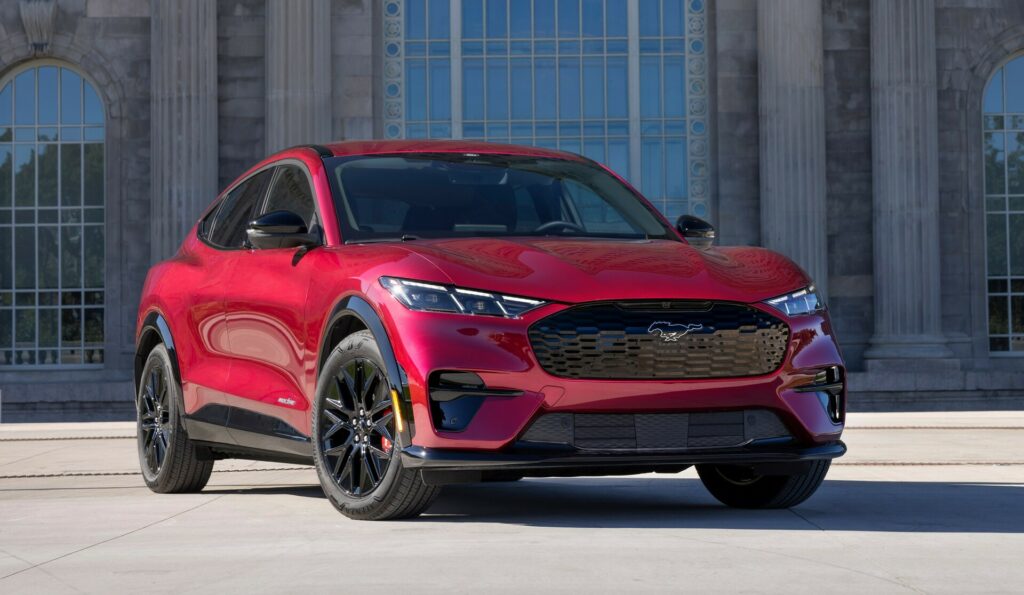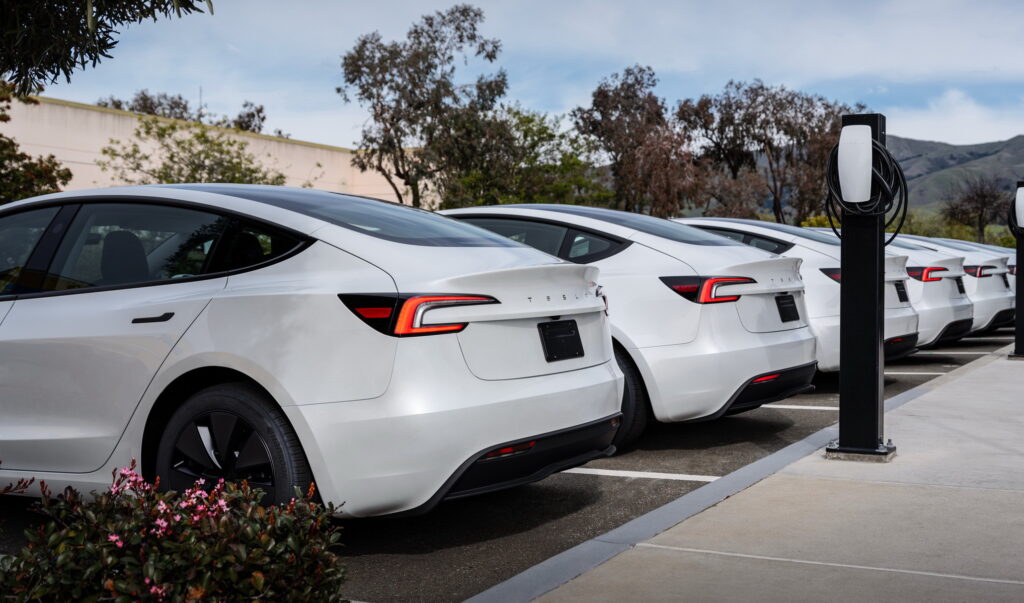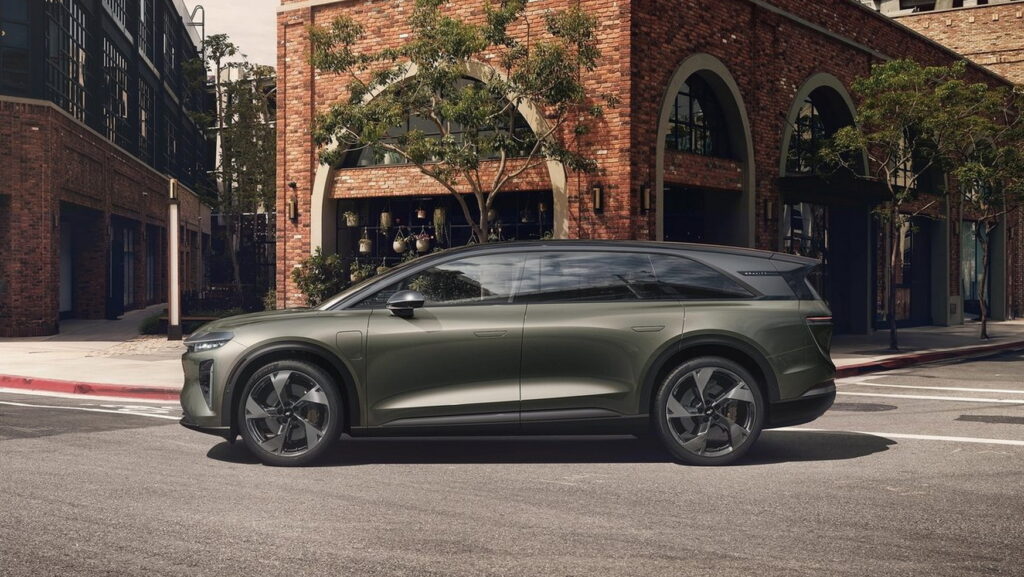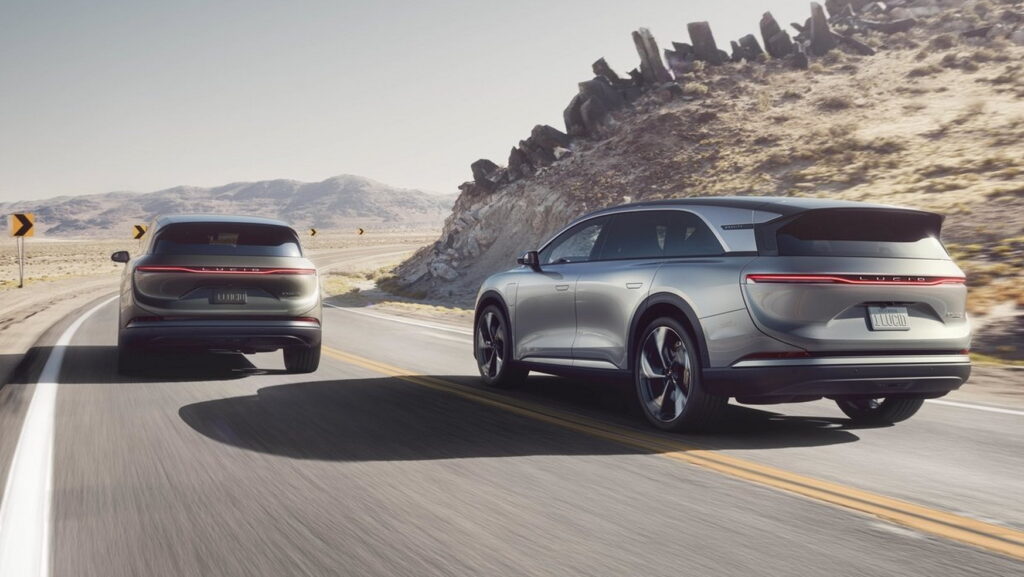Faraday Future Dresses A Chinese Minivan With An Interactive Face And AI Gimmicks
- The FX Super One by Faraday Future is an electrified minivan that harnesses AI technology.
- It is based on a Chinese model but gets unique tech features including the F.A.C.E system.
- The goal is to steal buyers from full-size SUVs, offering a BEV and EREV powertrain options.
Faraday Future might be struggling to escalate production of the FF 91 with only 16 deliveries since 2023, but that hasn’t stopped them from making big dreams about the future. After securing $105 million of extra funding, the EV startup has introduced the new FX Super One minivan which is drenched in AI tech.
The new model was unveiled in a special event at the company’s headquarters in California. It is described as an “affordable mass market MPV, offering a spacious, meticulously crafted interior with high-end materials and advanced technology”.
More: Faraday Is Coming For The Model Y And Maybe The RAV4 Too
Instead of being a clean-sheet design, the FX Super One is actually based on the Wey Gaoshan mininan by the Chinese automaker Great Wall Motors. Still, it comes with a redesigned face, a nicer set of 20-inch alloy wheels, black accents, and plenty of added technology. The ultimate highlight is the screen that is integrated on the grille, dubbed Front AI Communication Ecosystem – conveniently acronymed F.A.C.E.
The F.A.C.E. system isn’t just for displaying low-res graphics, inspirational quotes and tacky emojis as it actually “sees you, listens and talks back like a real co-pilot”. Some might use it for advertising, although the interactive features can only be facilitated when the vehicle is parked. For those who are not fans of the sci-fi looks, Faraday Future will also offer the option of a conventional grille.
The core of the new product is the EAI Embodied Intelligence AI Agent 6×4 Architecture, developed by Faraday Future itself. This handles not only the F.A.C.E, but also the high-tech infotainment, the advanced voice recognition system, and the sophisticated ADAS suite.
Faraday Future
Moving inside, the minivan will be available with four, six, or seven seats arranged in two or three rows. The four-seater is called GOAT Edition and adds a panoramic retractable display, Dolby Atmos immersive audio, an upgraded Super AP Platform, a whisper-quiet cabin and various bespoke amenities. The interior appears to be quite luxurious with leather-style materials and comfort-focused zero-gravity seats.
In terms of underpinnings, the FX Super One rides on a “high-strength steel structure” which is most likely derived from the Wey Gaoshan. Initially it will be available with a fully electric powertrain, staying true to the mission of Faraday Future. However, the BEV will later be followed by an “AI Hybrid Extended Range” version that sounds a lot like an EREV. Both powertrains will offer AWD as standard thanks to dual electric motors.
Gunning For The Escalade
The stretched version of its twin minivan from Great Wall measures 5,405 mm (212.8 inches) long, and has a wheelbase of 3,275 mm (128.9 inches). This puts it right against full-size SUVs including the Cadillac Escalade which was mentioned as a key rival, even though it has “less interior room, no sliding doors, and no AI integration”.
More: Buick Sub Brand’s Secret Weapon Just Landed But It’s Not Coming To America
The target audience of the FX Super One includes celebrities and starts, visionaries and hard-working professional, but also regular family users. Among the user experience scenarios highlighted in the presentation is a star’s visit to a red carpet, a mobile livestream studio, a vehicle for elite athletes, a mobile AI office or private clubhouse, a golfer’s car, a mobile mansion, and a glamper’s car.
If everything goes according to plan, the FX Super One will roll out in early 2026. The model will be assembled at the Faraday Future plant in Hanford, California, allegedly using 50% locally-sourced parts. Faraday Future didn’t reveal pricing but is already accepting pre-orders for a refundable deposit of $100.
The FX Super One is not the only new model coming by Faraday Future. The company has announced the FX 4 which is believed to be an affordable Tesla Model Y competitor, the FX 5 large-space sporty AIEV, and the FX 6 large family vehicle.





















